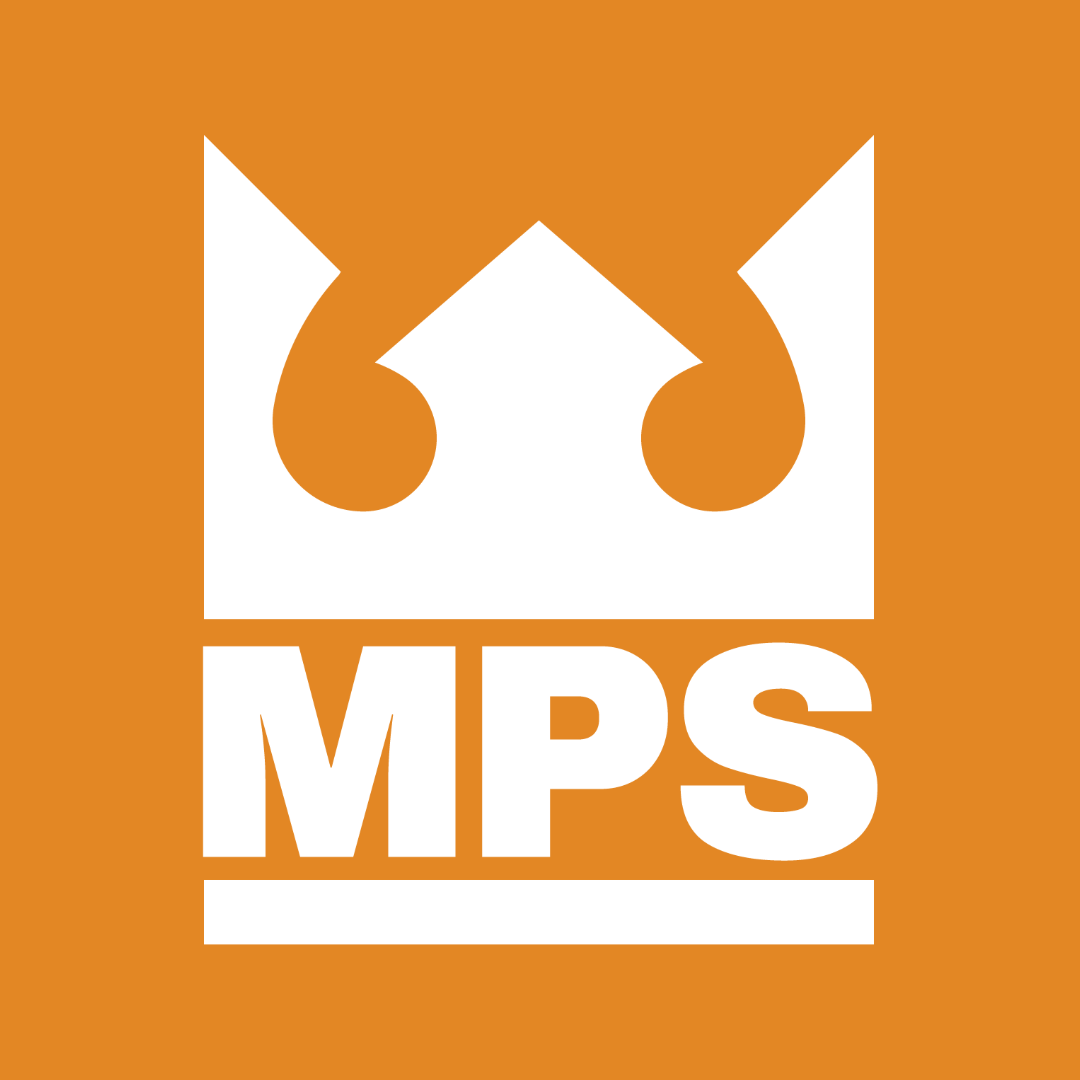A content marketing strategist relies on a variety of tools and platforms to streamline planning, creation, distribution, and analytics. Here’s a breakdown of commonly used tools across different stages:
1. Planning and Strategy
- Content Calendars:
Tools like Trello, Asana, or Notion help organize and schedule content campaigns.
- Keyword Research:
Platforms like SEMrush, Ahrefs, and Google Keyword Planner identify target keywords and trends.
- Competitor Analysis:
Tools such as BuzzSumo and SpyFu analyze competitors’ content strategies.
- Audience Insights:
Platforms like Google Analytics and Facebook Audience Insights provide data to understand audience demographics and preferences.
2. Content Creation
- Graphic Design:
Tools like Canva, Adobe Photoshop, and Figma are used to design visuals and infographics.
- Video Editing:
Programs like Adobe Premiere Pro, Final Cut Pro, or CapCut help create engaging video content.
- Writing and Editing:
Platforms like Grammarly and Hemingway Editor ensure polished and error-free content.
- Content Collaboration:
Google Workspace (Docs, Sheets) enables collaborative content creation with team members.
- AI Tools:
Tools like ChatGPT or Jasper AI assist with generating ideas, drafting copy, and optimizing for SEO.
3. Content Management
- Content Management Systems (CMS):
Platforms like WordPress, HubSpot, or Drupal help strategists manage blogs and website content.
- Asset Storage:
Tools like Dropbox, Google Drive, or Brandfolder store and organize digital assets.
4. Distribution
- Social Media Management:
Tools like Hootsuite, Buffer, and Sprout Social schedule and publish posts across platforms.
- Email Marketing:
Platforms like Mailchimp, Constant Contact, or ConvertKit manage email campaigns.
- Content Amplification:
Outbrain and Taboola promote content through native advertising.
- Marketing Automation:
Tools like HubSpot, Marketo, or Pardot automate content delivery across channels.
5. Analytics and Optimization
- Website Performance:
Use Google Analytics, Hotjar, or Crazy Egg to track website traffic, engagement, and behavior.
- Social Media Analytics:
Built-in analytics on platforms like Instagram Insights, Twitter Analytics, or third-party tools like Sprout Social track engagement metrics.
- SEO Monitoring:
Tools like Moz, SEMrush, and Ahrefs track rankings and keyword performance.
- A/B Testing:
Platforms like Optimizely or Google Optimize test variations of content for performance improvement.
6. Collaboration and Workflow
- Project Management:
Tools like Monday.com, ClickUp, or Jira streamline task assignments and timelines.
- Communication:
Platforms like Slack, Microsoft Teams, and Zoom facilitate team communication and collaboration.
Conclusion
A content marketing strategist uses an integrated approach, combining these tools to plan, create, and distribute high-quality content effectively. The choice of tools often depends on team size, budget, and campaign goals.

